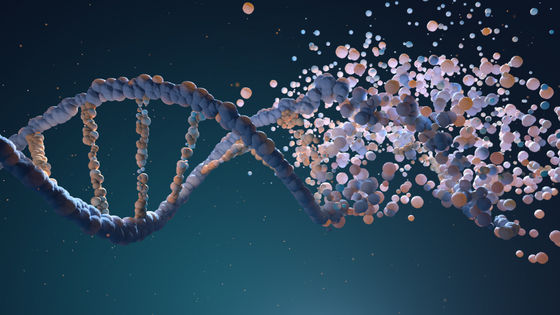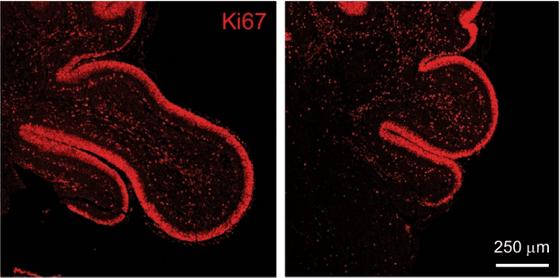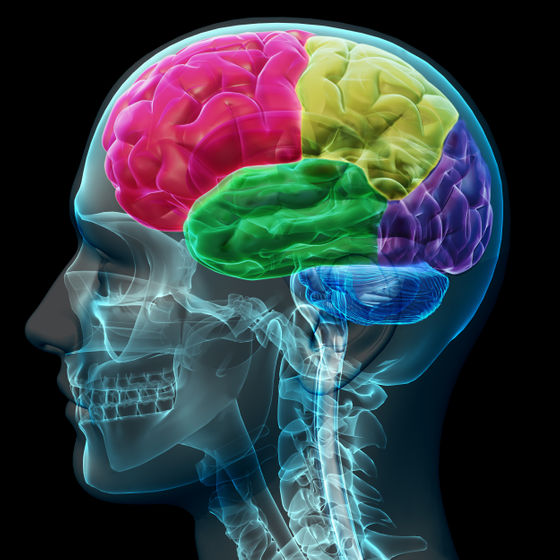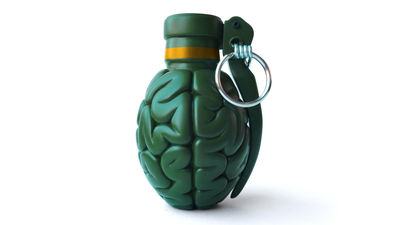Genes that cause skull deformation may be the root cause of schizophrenia

A paper has been published stating that a gene that causes skull deformities when mutated is associated with
Tbx1 haploinsufficiency leads to local skull deformity, paraflocculus and flocculus dysplasia, and motor-learning deficit in 22q11.2 deletion syndrome | Nature Communications
https://www.nature.com/articles/s41467-024-54837-3
Research links a genetic risk for schizophrenia to a malformed skull - St. Jude Children's Research Hospital
https://www.stjude.org/media-resources/news-releases/2024-medicine-science-news/research-links-genetic-risk-for-schizophrenia-to-malformed-skull.html
A Missing Gene That Warps The Skull May Plant The Seeds of Schizophrenia : ScienceAlert
https://www.sciencealert.com/a-missing-gene-that-warps-the-skull-may-plant-the-seeds-of-schizophrenia
Stanislav S. Zakharenko, a developmental neurobiologist at St. Jude Children's Research Hospital in the United States, had previously found that a lack of the Dgcr8 gene on chromosome 22 blocks the flow of auditory information from the thalamus to the auditory cortex, which interprets sounds.
This area of the brain is also associated with auditory hallucinations, one of the hallmark symptoms of schizophrenia, but this alone does not explain them.
'The thalamocortical damage occurs later in development and coincides with the onset of schizophrenia symptoms, but it remains,' said Zakharenko. 'But the hallucinations are temporary - they come and go. So what we found was just one trigger. The question was, what was the other trigger?'

In their study, published in Nature Communications in December 2024, Zakharenko and his team discovered that mice lacking part of a gene called Tbx1 on chromosome 22 had abnormalities due to the inhibition of normal formation of the developing skull.
This malformation causes an abnormal depression in the skull that can impair brain development.
The left photo shows a part of a normal mouse brain, and the right photo shows a part of a mouse brain with a Tbx1 mutation. It has been shown that the flocculus and paraflocculus of the cerebellum are 70% smaller when Tbx1 is absent.

Zakharenko said the Tbx1 gene is not highly expressed in the brain, especially after adolescence, so it's highly unlikely that it has a direct effect on the brain. But mice lacking the Tbx1 gene showed motor learning deficits similar to those seen in people with a mutation known to be associated with schizophrenia.
The research team used MRI scans of the brains of 80 patients with
Schizophrenia is a mental disorder that affects one in 100 people, but patients with 22q11.2 deletion syndrome have up to a 30% chance of being diagnosed with schizophrenia.
When the team examined the brains of people with 22q11.2 deletion syndrome, they found that the flocculus and paraflocculus are smaller, similar to what they observed in mice. Because the paraflocculus connects to the auditory cortex, the team believes that mutations in Tbx1 may play a role in schizophrenia symptoms.

Most neurodevelopmental disorders result from defects in genes that function in the brain, so finding an association with the bone gene Tbx1 was unexpected.
'This is amazing, because it all starts with the bones,' Zakharenko said.
Related Posts:
in Science, Posted by log1l_ks







